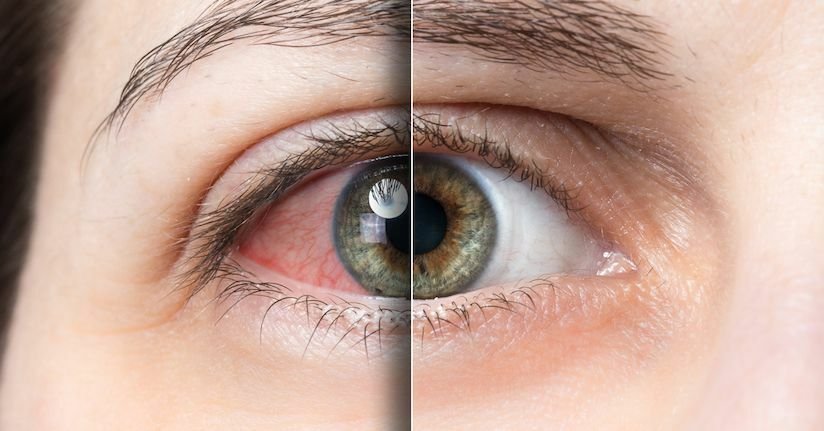
Dry Eye.
-
What is Dry Eye?
Dry eye or ocular surface disease is when the eye is not in it’s happy state (homeostasis). The eye is irritated by one or a combination of the following: not enough tears produced, tears evaporating too quickly, damage to the front of the eye or disease or certain medications causing the dryness.
-
Common Causes of Dry Eye.
Dry eye is seen more predominantly in females over the age of 40 and who are contact lens wearers. Now with an increase use of screens it is being seen in even our younger patients. Common causes are excess screen use, low humidity, dehydration or working in dry/dusty areas.
-
Symptoms of Dry Eye.
Symptoms for dry eye can vary in severity. The most common symptoms are watery, scratchy, burning, itchy, gritty and tired eyes. Dry eye can also cause fluctuations in vision which clears up with blinking.
The Tear Film.
The tear film is considered to have 3 layers. Each of which have an important role in keeping your eye happy and healthy.
Lipid Layer -> protects the tears on the eyes. (reduces evaporation)
Aqueous Layer -> washes away particles and protects from infection.
Mucin Layer -> helps keep tears on the eyes.
-

Eye Drops.
Artificial tears or eye drops are the first line of treatment for dry eye. The purpose is to lubricate the eye and help improve symptoms. Most eye drops come with components to help restore the natural surface of the cornea. There are also medicated eye drops to help treat dry eye.
-

Eye Lid Care.
Parts of your tears are produced by your eye lids. The most common type of dry eye is caused by the glands in the eyelids not working properly. There are multiple treatments to help the eye lids work better.
-

Procedures to Help Dry Eye.
For many years treatment was mostly done at home to help with the irritation or help heal the front of the eye. Now there are procedures done in office to help restore the damaged tear glands so they are function more efficiently.


